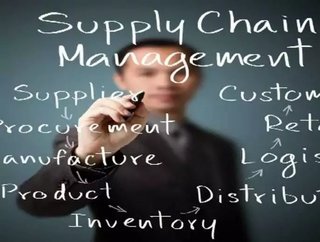How to optimise your inventory for supply chain success

Today’s companies face tremendous challenges to match increasing supply volumes and product ranges to customer demand while keeping overall costs down. The amount of inventory can represent significant costs for businesses, based on the cost of the inventory itself and the cost of shipping, handling and storage.
Inventory optimisation can have a staggering impact on supply chain performance, resulting in the reduction of company cash in inventory, which affects the balance sheet and improves cash flow. The right inventory optimisation strategy depends as much on the operations, warehousing and distribution strategy of a business as on the type of company and its position within the overall supply chain.
A key factor is having the right IT systems in place to support the operational side (warehouse and transport management) as well as the strategic side like analysis or business intelligence.
Objectives to be balanced include capital investment, cash flow, meeting customer demand, supplying the production line and supporting demand fluctuations. In order to be able to react to market demand and supply chain disruptions, and to proactively plan for resource deployment, expansions and daily business, companies require visibility of what has happened, what is happening now, what is going to or likely to happen, and what possible alternatives exist.
First steps towards optimising inventory levels include the recording and monitoring of data, e.g. demand across products ranges, seasonal fluctuations, supplier lead times, completion of supplier deliveries and changes in order volumes.
This typically involves the implementation of a warehouse management system (WMS) to standardise, accelerate and automate processes. Integrated WMS streamline operations, increase efficiency and reduce error rates, giving the work force control of the stock. They provide full visibility of inventory levels and can be used to notify suppliers and carriers when there is a demand for stock or services.
This helps to consolidate and time deliveries and reduces inventory levels to hold only the minimum stock required, so management and warehouse staff can focus on their core tasks. Integrated systems also support strategies such as vendor management inventory, just-in-time refills and demand driven fulfilment.
They are often accompanied by a visibility solution that captures the required data throughout the supply chain to analyse the inventory in real-time and determine what levels are appropriate for current market demand.
Resulting measures include the reduction of obsolete stock, stock with short lead times, and stock held to maintain operations for a specific time period. Visibility solutions help to connect supply chain partners, analyse and categorise demand, allowing supply chain professionals to accurately simulate and model inventory plans and cater for various strategies.
Depending on the size of the company, the complexity of the supply chain and the range of products offered, the return on investments needs to be carefully evaluated before selecting a software solution. Most technologies available today are part of a solution suite that covers all areas of the supply chain, including the central WMS but also order, customs, transport and risk management.
For comprehensive inventory optimisation it is important to closely integrate all areas of the supply chain and include data from internal and external systems.
Which technology is deployed to optimise inventory ultimately depends on a company’s individual requirements and goals. Because there is no ‘one-size-fits-all’ solution it’s crucial that the solution provider offers a consultative approach and a comprehensive portfolio and understands the specific needs of each supply chain sector, operation and perspective. Only then can they help in-house teams to design improved workflows, cut waste and increase efficiency.
Author Gursh Atwal is Sales Manager at AEB International, a leading provider of IT solutions for global trade and logistics.






